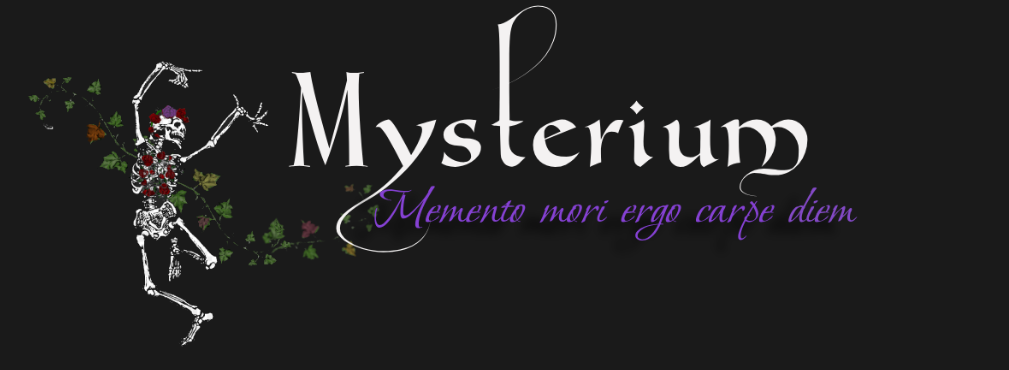“The Euthanasia Ritual Kept Secret From The Catholic Church in Italy”
A fascinating documentary on the folklore of the Accabadora (’Lady of Kind Death’) in Sardinia, Italy, where – according to rumor – there existed a tradition of compassionate euthanasia carried out by a special class of women.
